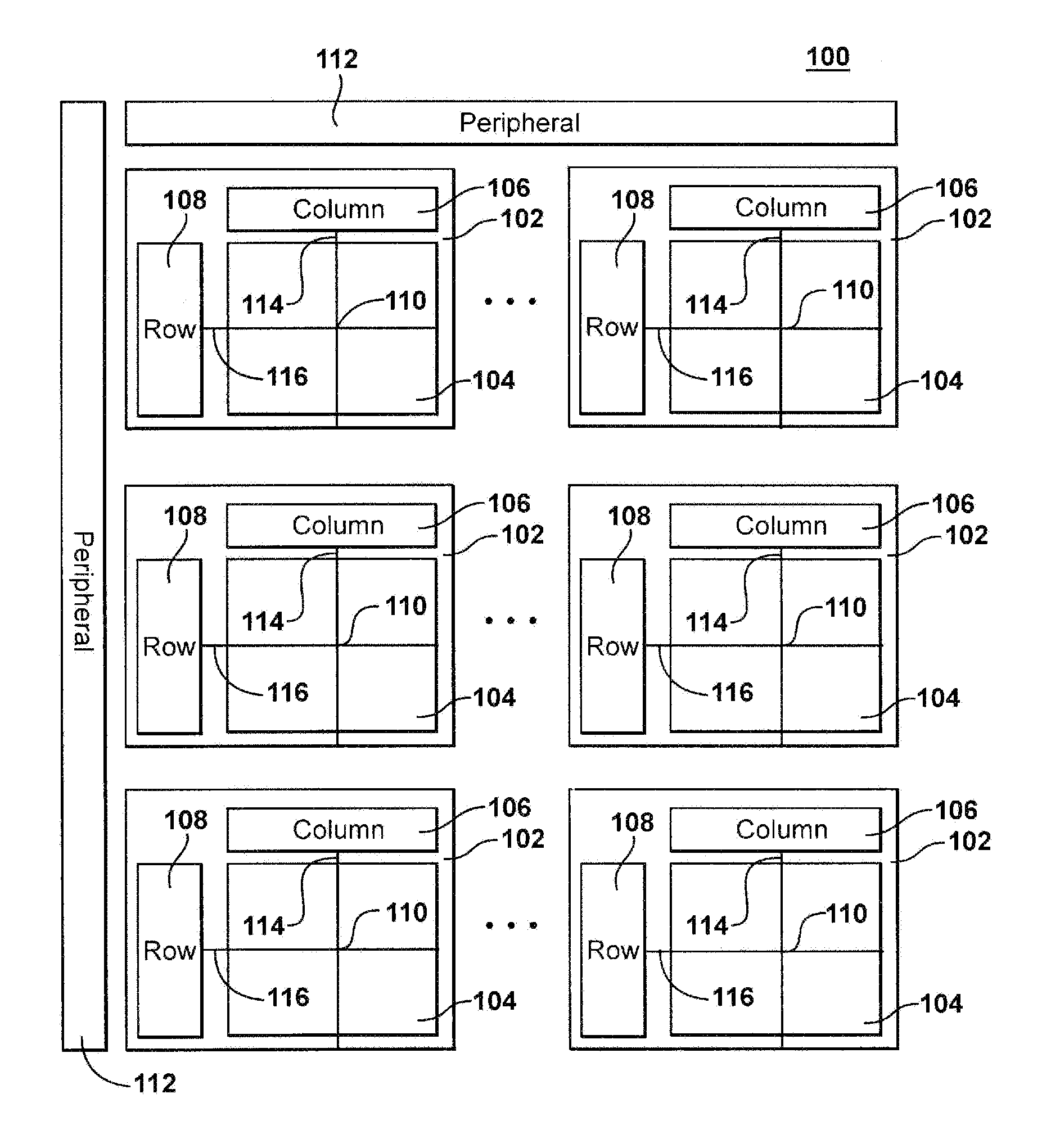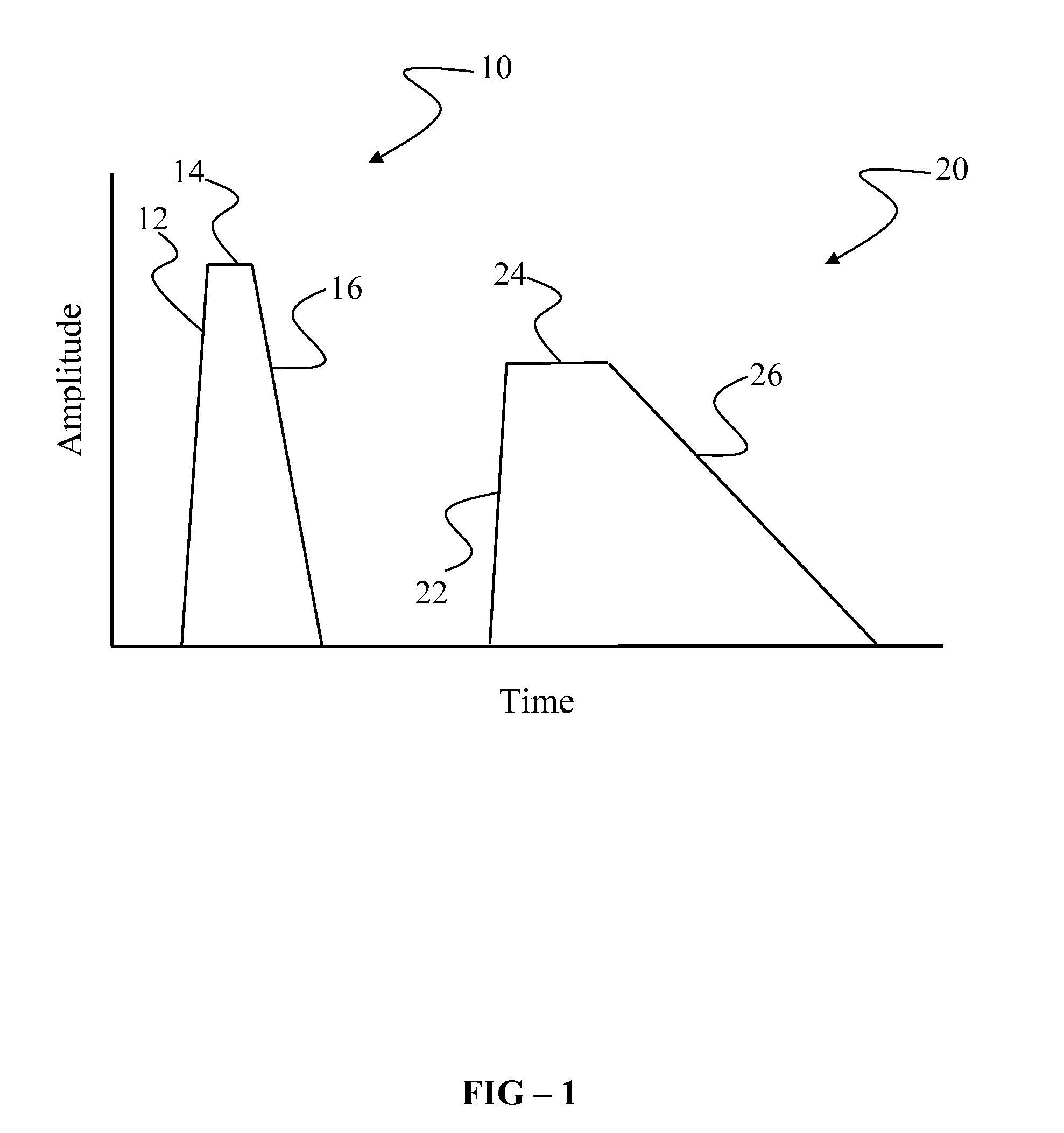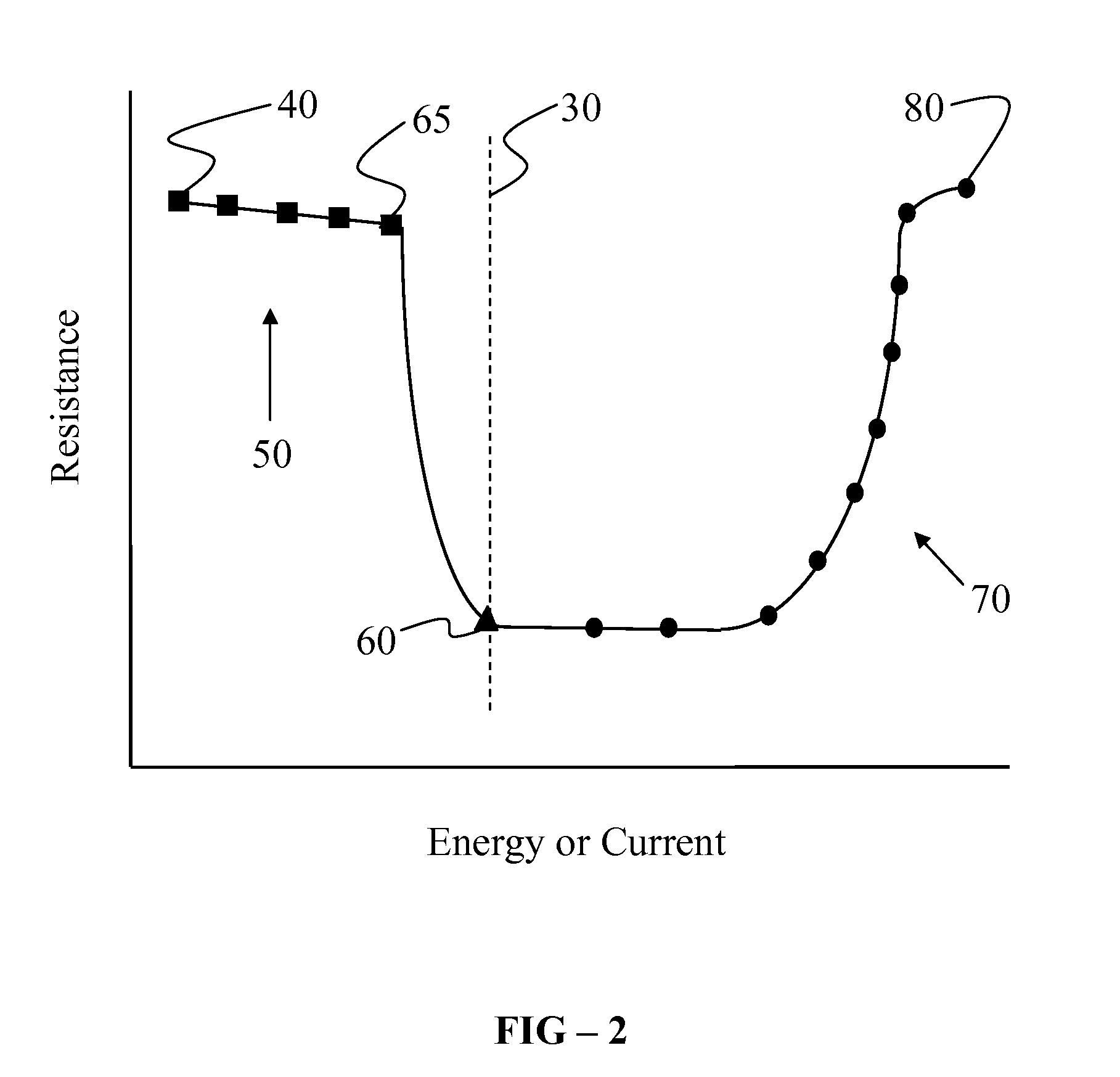Sector array addressing for ECC management
a technology of ecc management and sector arrays, applied in information storage, static storage, digital storage, etc., can solve the problems of data integrity damage, flash memory cells are potentially subject to a number of errors that affect data integrity, and may originate bit errors, so as to reduce the effect of data integrity damage and reduce the number of memory cells
- Summary
- Abstract
- Description
- Claims
- Application Information
AI Technical Summary
Benefits of technology
Problems solved by technology
Method used
Image
Examples
Embodiment Construction
[0028]Although this invention will be described in terms of certain preferred embodiments, other embodiments that are apparent to those of ordinary skill in the art, including embodiments that do not provide all of the benefits and features set forth herein, are also within the scope of this invention. Accordingly, the scope of the invention is defined only by reference to the appended claims.
[0029]This invention provides an addressing scheme for electronic memory arrays. The addressing scheme is especially adapted to keeping the demands of error correction to within limits of the ECC method used to analyze and correct the data stored or fetched. In one embodiment, the demands of error correction are maintained within the error correction capabilities of a conventional flash controller. By managing error correction to maintain compatibility with a standard flash controller, commercial adoption of promising non-volatile alternatives to flash memory is expected to be facilitated and t...
PUM
 Login to View More
Login to View More Abstract
Description
Claims
Application Information
 Login to View More
Login to View More - R&D
- Intellectual Property
- Life Sciences
- Materials
- Tech Scout
- Unparalleled Data Quality
- Higher Quality Content
- 60% Fewer Hallucinations
Browse by: Latest US Patents, China's latest patents, Technical Efficacy Thesaurus, Application Domain, Technology Topic, Popular Technical Reports.
© 2025 PatSnap. All rights reserved.Legal|Privacy policy|Modern Slavery Act Transparency Statement|Sitemap|About US| Contact US: help@patsnap.com



